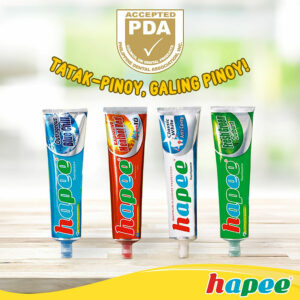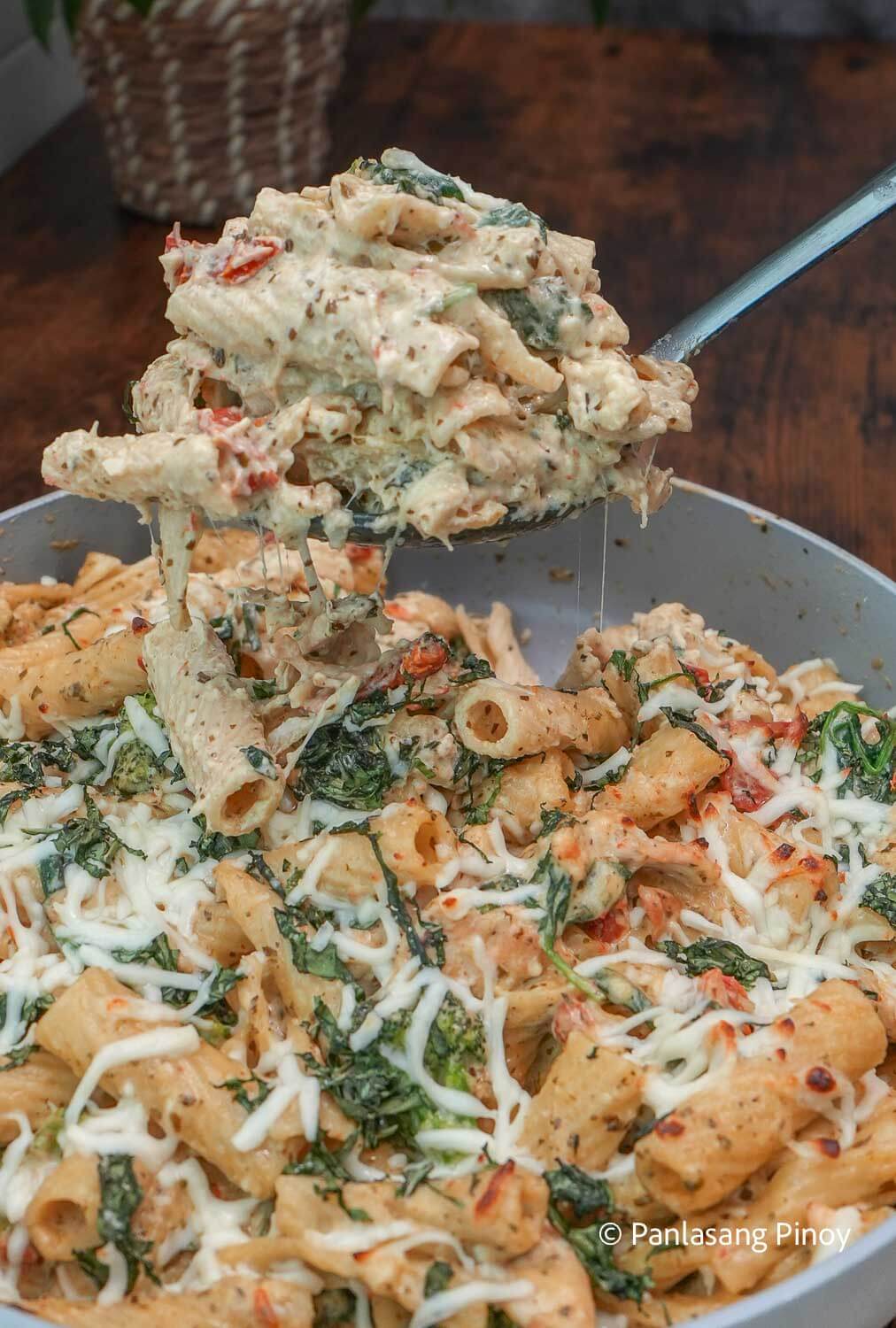How Hapee Toothpaste became known through the Olympics
PRODUCTS struggling with market visibility can improve awareness about their brand by leveraging trendy events, according to a Filipino toothpaste maker.

By Patricia B. Mirasol, Multimedia Producer
PRODUCTS struggling with market visibility can improve awareness about their brand by leveraging trendy events, according to a Filipino toothpaste maker.
Homegrown toothpaste brand Hapee was launched in 1988, the same year as the Seoul Olympics. Cecilio K. Pedro, founder of Lamoiyan Corp., said he managed to increase awareness about Hapee by capitalizing on the hoopla around the global sporting event.
“In the beginning, nobody knew Hapee, so I had to do some commercials,” he said in an interview on Aug. 7.
It was around that time when the Philippine Olympic committee asked if he was interested in sponsoring the Philippine delegation to Seoul.
“Nobody wanted to help the team then… and we could only afford P50,000, so I gave P50,000 [in exchange for] the use of the Olympic rings logo, which they allowed,” he told BusinessWorld.
“I came up with an ad announcing Hapee as the official toothpaste of the Philippine Olympic team… so people at that time believed that we sponsored our Olympic team,” he said. “That was the beginning of Hapee getting known in the community.”
Hapee was borne out of necessity, Mr. Pedro said, noting that his multinational customers had started shifting to plastic packaging from aluminum toothpaste tubes.
“In 1986, Colgate and Unilever decided to change their packaging to laminated tubes. I had to lay off more than 200 workers,” he said. “I went to the Lord. I said, ‘Lord, what happened? What is the plan for me in the coming days?’”
The solution came in the form of making a product to put inside the tubes.
The Philippine oral care market was valued at $100.4 million in 2022 and is projected to reach $147.5 million by 2030, based on February 2024 data by market research firm Insights10.
This translates to a compound annual growth rate of 4.93% during the forecast period.
There are 2.6 dentists for every 10,000 Filipinos, the World Health Organization reported in 2022.
Most Filipinos’ oral and dental health routine is limited to brushing with regular toothpaste, the International Trade Association said.
Mr. Pedro said toothpaste is a pandemic-proof product.
“We are fortunate to be in this particular segment,” he said. “You still brush your teeth even if there’s a typhoon or disaster,” he added in mixed English and Filipino.
Mr. Pedro, who is also the chairman of the board of the Deaf Evangelistic Alliance Foundation, Inc., said manufacturing has been made easier today with technology.
“When we started, it was manual,” he said. “Today, we automated most of the processes.”
“Of course, we intentionally kept a certain section manual so we can employ the deaf-mute people,” he said.
A third of their workers come from the hearing-impaired and people with disabilities,” he added. “If I remove that section from my production system, they will lose their jobs.”
Lamoiyan, named after Mr. Pedro’s grandmother who introduced him to the Christian faith, said his corporate motto is “Making a difference for the glory of God.”
There’s no mismatch between living one’s values and running a business, he said. “In order to do it quick, to make more money quickly, you have to do shortcuts, you know what I mean?” he said.
“We don’t want that to happen. We want to follow the rules, follow the laws of the government, so that we can be an example for generations to come.”























